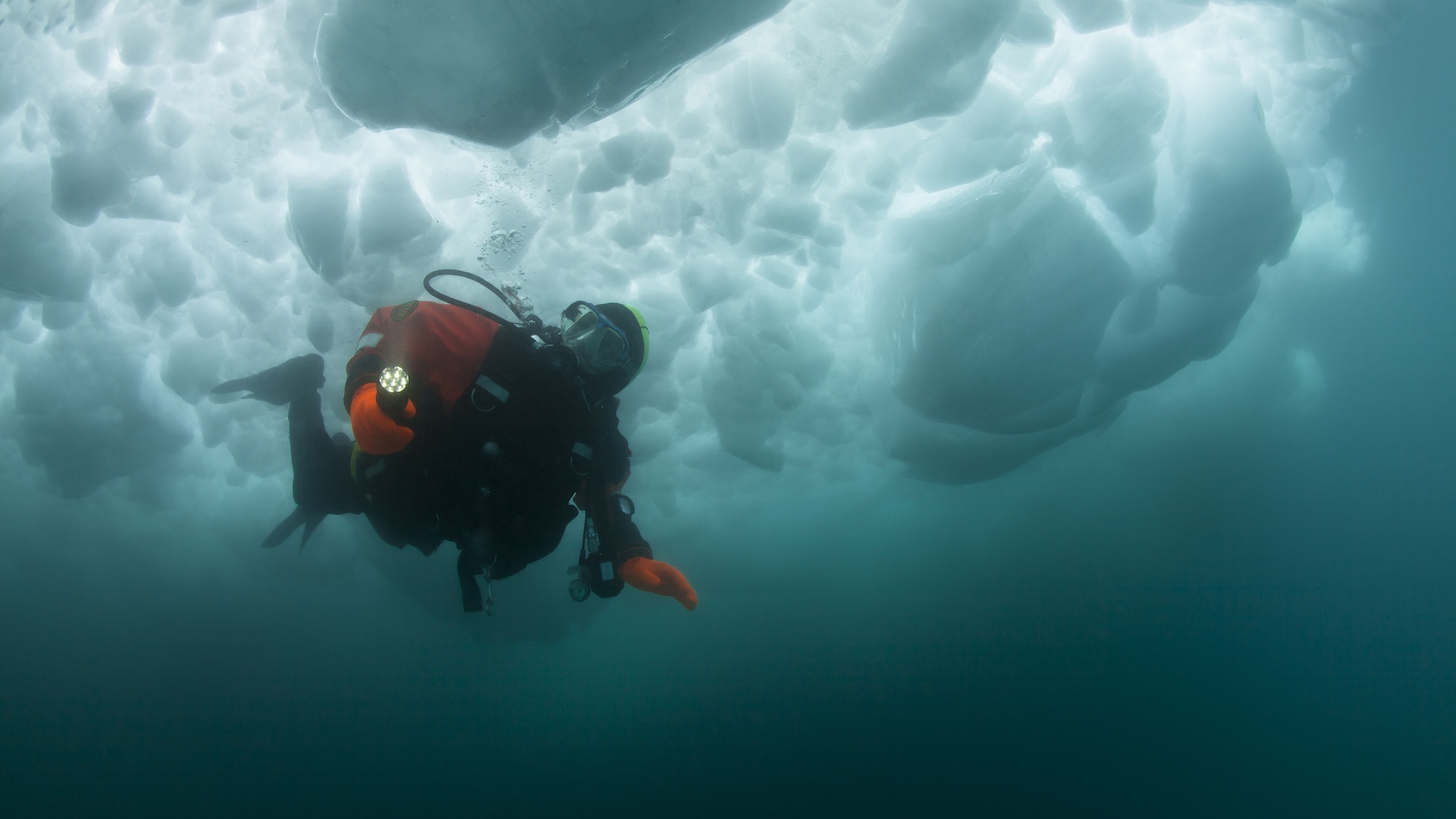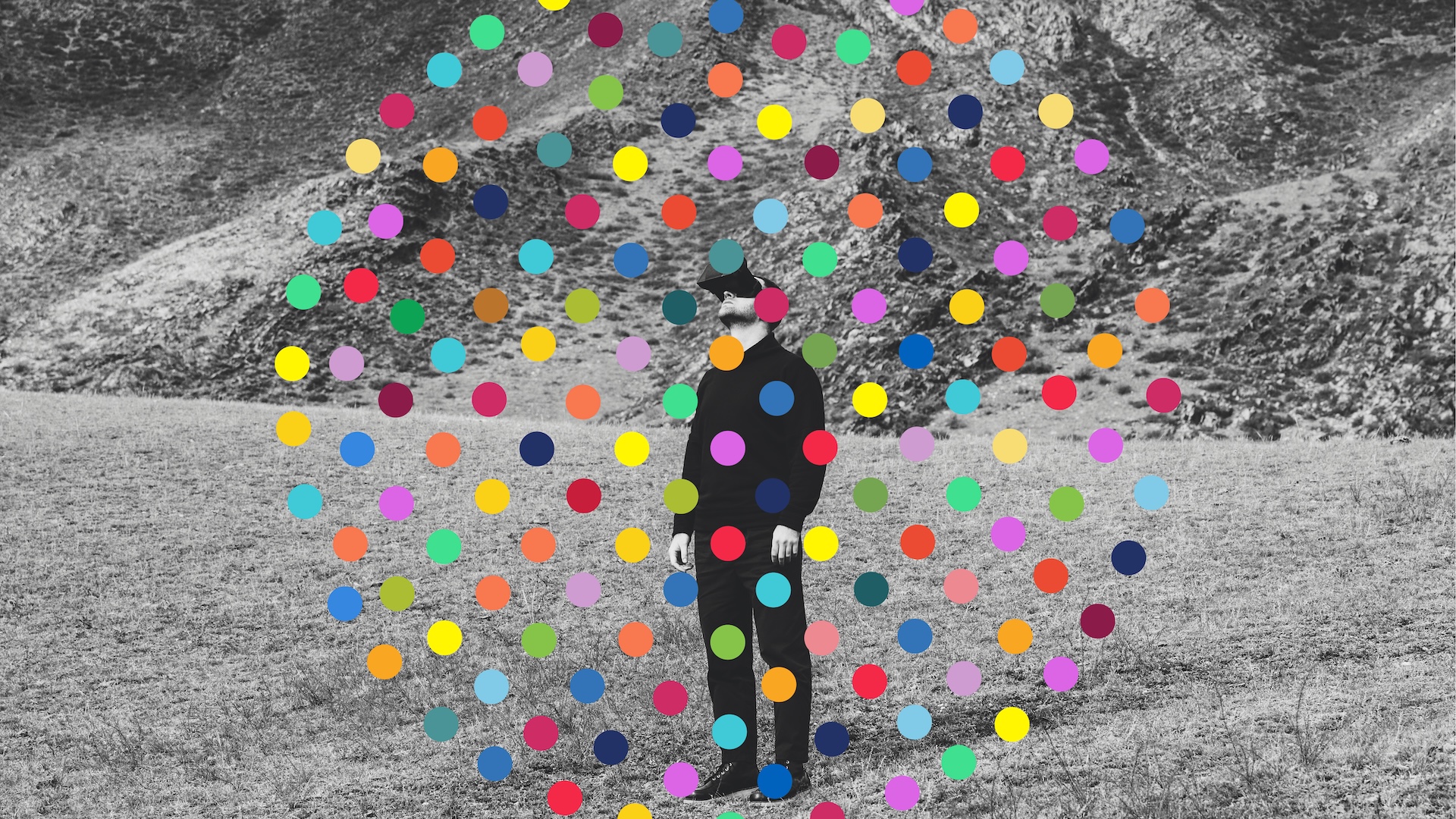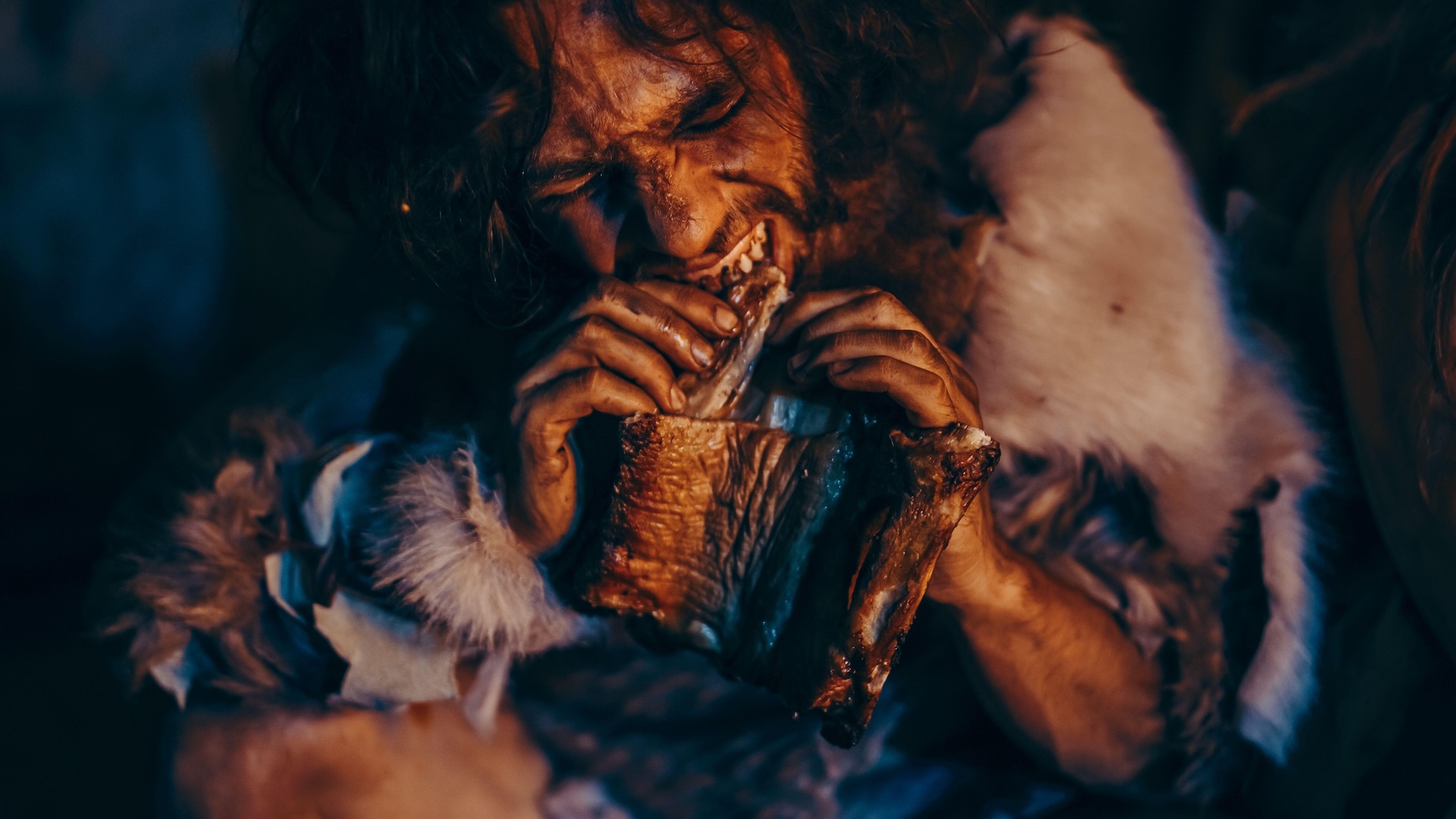Life's Little Mysteries: Science questions, answered

The world can be a pretty mysterious place and we at Live Science love to ask and answer scientific questions about mysteries big and small: about ancient civilizations, our planet and our solar system, the plants and animals that live alongside us, our bodies and how they work, and the technologies that we use every day.
Join us on this exciting voyage of discovery and downright weirdness as we solve … Life's Little Mysteries.
Sign up for our weekly Life's Little Mysteries newsletter to get the latest mysteries before they appear online.
Latest about Life's Little Mysteries

Were there female gladiators in ancient Rome?
By Owen Jarus published
Rome is famous for its gladiators, but were any of these fighters women?

What's the darkest place in the solar system? What about the universe?
By Alice Sun published
Space looks very dark from Earth. But does the solar system, and the universe for that matter, have an area that's the darkest of all?

Why do European cities have milder winters than those in North America, despite being at the same latitude?
By Jesse Steinmetz published
London is at the same latitude as Calgary, Alberta. So why is the Canadian city about 15 degrees Fahrenheit (8.3 degrees Celsius) cooler in January?

Can brainless animals think?
By Clarissa Brincat published
Even without brains, creatures like jellyfish and sea anemones can learn from experience.

Why does boiling water have bubbles, except in a microwave?
By Victoria Atkinson published
Bubbles are usually the first sign that water’s coming to the boil, but heating it in a microwave seems to skip this important step. Here’s what’s going on.

Which animals are tricked by optical illusions?
By Kit Yates published
It's not just humans who notice optical illusions; certain animals do too, and they often use it to their advantage.

The Bering Land Bridge has been submerged since the last ice age. Will scientists ever study it?
By Charles Q. Choi published
Humans likely left a lot of archaeological evidence along the Bering Land Bridge when they crossed from Asia to Alaska during the last ice age. But will we ever be able to dive down to examine it?

Do people dream in color or black and white?
By Abby Wilson published
Whether we report having dreams in color or in black and white may be influenced by the media we watch, or perhaps that simply influences the way we remember them.
Get the world’s most fascinating discoveries delivered straight to your inbox.


